Search
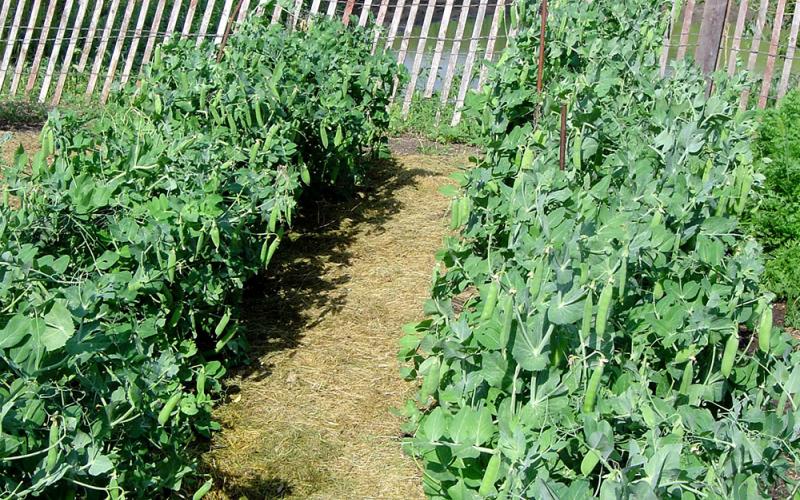
Garden Peas
Peas are one of the first vegetables to be planted in the spring, as they enjoy cooler weather.
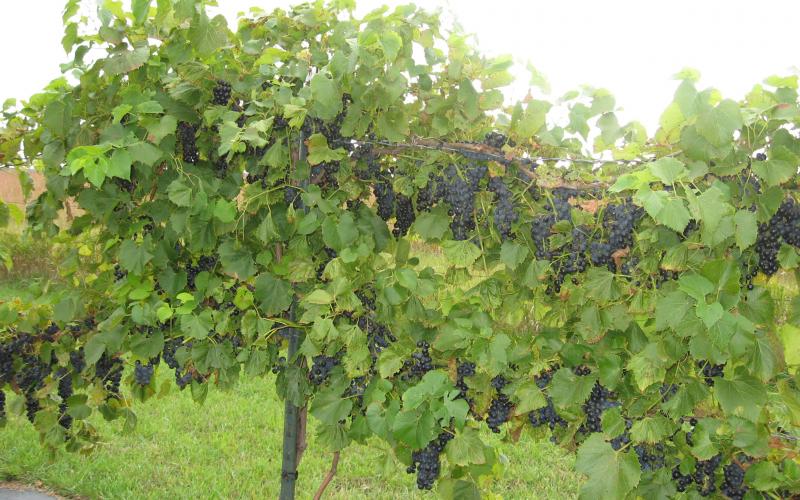
Grapes for Your Garden
Grapes in the Dakotas? Given an appropriate growing site and care, grape vines can last for decades or more in our climate thanks to the efforts of grape breeders over the past thirty years.

Maple Trees Looking Thin at This Time
Many of our maple trees are looking thinner at the tips of their canopies. The foliage in the lower, interior of these trees is dense, but when you look up at the tops, the leaves appear fewer and there are noticeable gaps at the base of the new shoot.
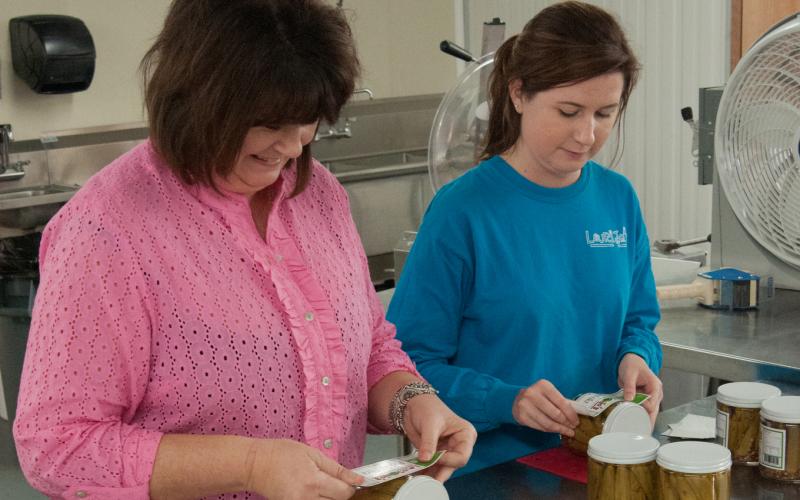
Labeling of Prepared and Processed Foods in South Dakota
Labeling requirements vary in accordance with the type of food that is being sold and in several instances how or where it was prepared or processed.
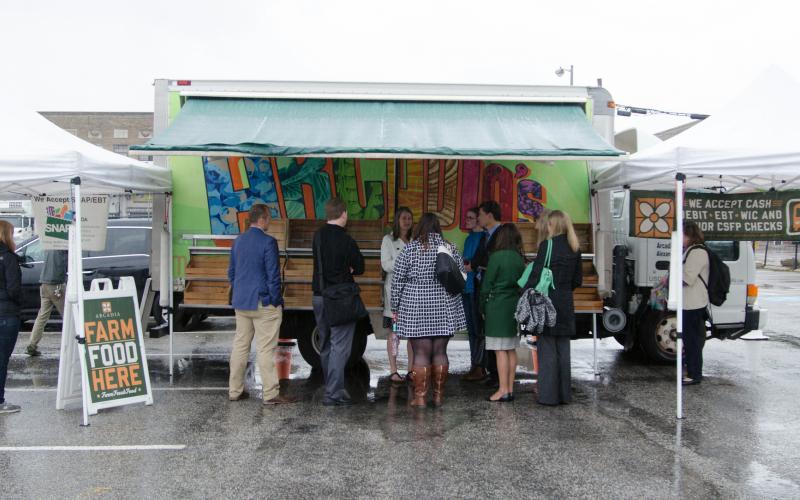
The Benefits of Food Hubs
Food hubs provide another marketing option to producers who do not have time to participate in a farmers market or other direct marketing venues.
Floodwater: Road Crossing Hazards
During flooding, and when driving in the countryside we oftentimes encounter a creek or stream running on top of the road. Be aware that a course of water running over the road can turn into a very dangerous, even life-threatening situation if you attempt to cross it with your vehicle.

Managing Soil and Soil Fertility After Flooding
During floods, your fields will experience different amounts of erosion, sediment deposition, and crop residue accumulation. To avoid compaction of these soils it is crucial to let soils drain and dry out sufficiently before removing any large debris from fields or working the soil.
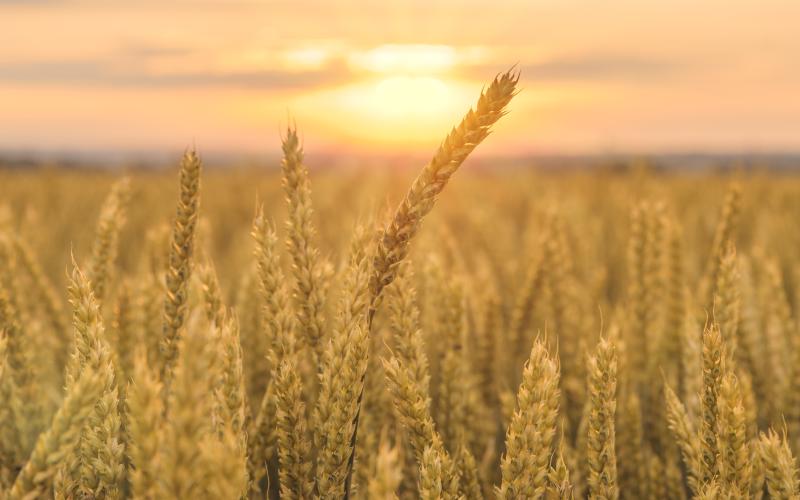
2018 Field Plot Summaries for Wheat Disease Management Trials
The wheat disease management field experiments conducted in the 2018 growing season evaluated several experimental and commercially available fungicides for managing foliar, head or root diseases of spring wheat. Foliar and spike/head diseases incidence and severity were assessed. The field experiments were implemented at Volga Research Farm and Northeast Research Farm (NERF) near South Shore, SD. Results of the same experiment may vary between Volga and Northeast due to environmental differences between the two locations.
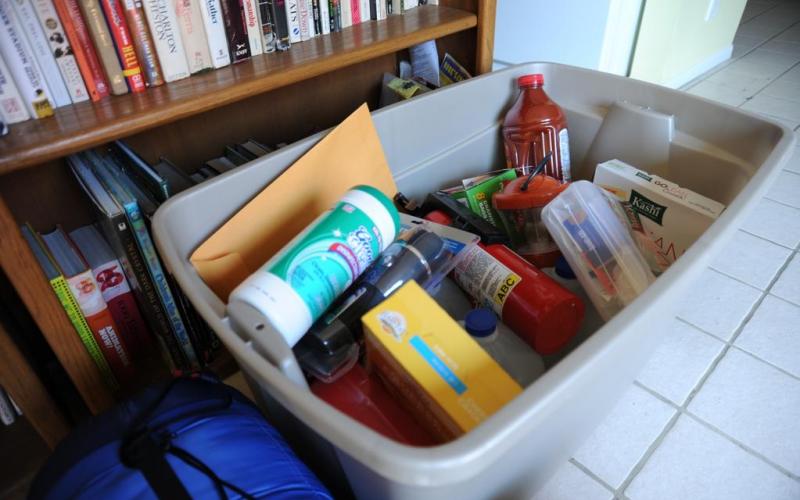
Flood Safety Considerations for Youth
Much like any event or disaster, the time to prepare for a flood is before it happens. Families should prepare for events by having a conversation with family members.
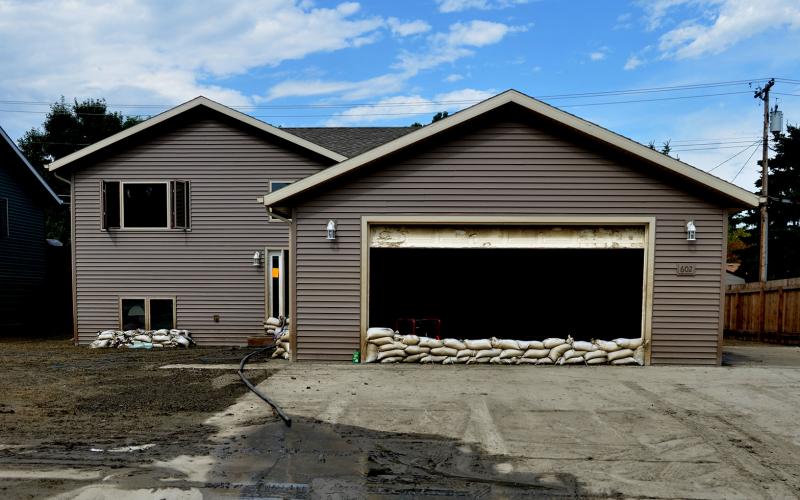
Cleanup in Your Home: After the Flood
When faced with disaster, one may not know where to begin or what to do when cleaning out our homes and businesses following a flood. To get started with this task, SDSU Extension has put together a list of resources to help start cleaning flood damages, personal belongings, and mold and mildew issues.